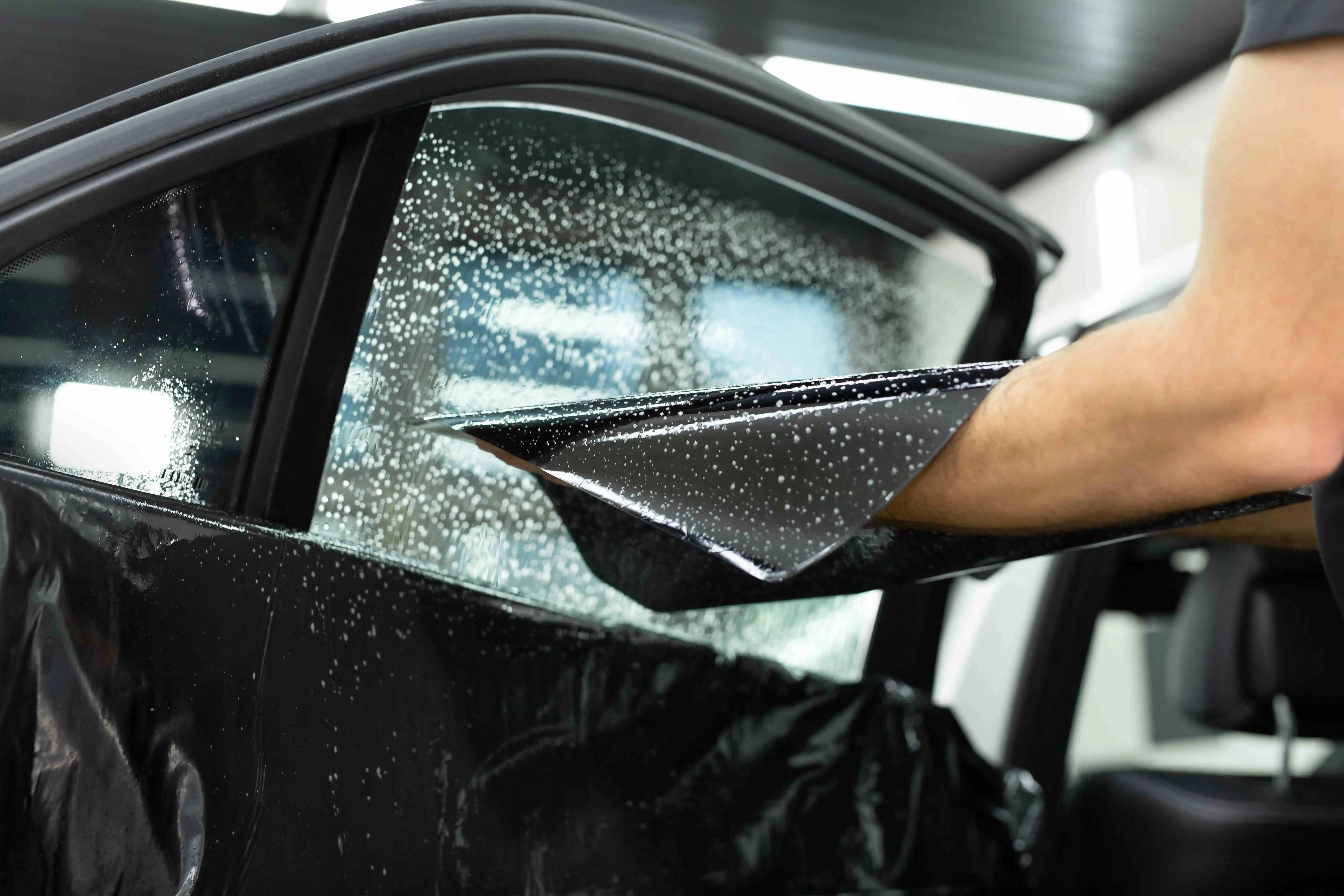Window Tinting Regulations and Standards: What You Required to Know Before Tinting Your Car
Before continuing with window tinting for your automobile, it is essential to familiarize yourself with the diverse laws and standards that control this practice throughout different states. These regulations dictate the permissible levels of tint darkness, usually determined by noticeable light transmission (VLT) percents, and include particular specifications for front windscreens intended at making certain roadway safety and security.
Overview of Home Window Tinting Laws
Window tinting legislations are often based on variant throughout different territories, showing neighborhood regulations and security considerations. These legislations determine the permitted levels of tint darkness and reflectiveness on automobile home windows, making certain that vehicle drivers keep appropriate exposure while also safeguarding versus harmful UV rays and heat.
The majority of guidelines categorize home window tinting based upon the Visible Light Transmission (VLT) percent, which indicates the amount of light that can pass with the home window. Usually, reduced VLT percentages represent darker tints. Legislations often separate between the front, side, and rear windows, with more stringent restrictions used to the front windshield to boost safety and security for both the driver and other roadway individuals.
In addition, some territories impose limitations on the reflectivity of the color, stopping too much glare that can hinder presence. Exceptions to these regulations may exist for individuals with particular clinical conditions requiring added sunlight protection. Compliance with home window tinting laws is vital, as violations can lead to fines, mandatory removal of the tint, and potential boosts in insurance coverage costs. Consequently, it is important for vehicle proprietors to familiarize themselves with local legislations prior to waging window tinting installations.
State-by-State Color Regulations
Comprehending the details home window tinting policies in each state is essential for vehicle owners seeking to abide by the legislation. Each state in the U.S. has established its own collection of policies regulating window tinting, which can vary dramatically. These regulations typically determine the allowed degrees of tint darkness, the kinds of home windows that can be tinted, and any kind of medical exceptions that may apply.
For example, states like The golden state have rigorous constraints on tint darkness for front windows, while others, such as New Mexico, might enable darker colors. Additionally, particular states mandate specific presence portions for various windows, consisting of the windshield, front side windows, and rear windows. It is critical for vehicle proprietors to acquaint themselves with their state's legislations to prevent prospective penalties or charges.
In addition, some states might call for a qualification sticker label to be placed on colored windows, indicating conformity with state legislations. Failing to follow these regulations not just runs the risk of lawful repercussions yet can likewise affect safety and visibility while driving. Lorry owners must conduct detailed research study or get in touch with local authorities to guarantee complete understanding and compliance with state-by-state color policies.
Allowed Color Kinds and degrees
Many lorry owners might be amazed to find out that allowed tint degrees and types vary commonly across different states. Each state has actually established its very own laws concerning the permitted darkness and reflectivity of window color, typically determined by Visible Light Transmission (VLT) percents. VLT refers to the amount of light that can go through the tinted windows; hence, a lower percent shows a darker tint.

In addition, the sorts of tint products permitted can vary, with some states prohibiting metallic or mirror-like coatings. It is necessary for car owners to acquaint themselves with their state's particular legislations to make certain compliance. Non-compliance can lead to penalties, obligatory elimination of the color, or other legal effects, making it important to understand these policies prior to waging installation.
Medical Exemptions for Tinting
While not all states supply allocations for clinical exceptions concerning window tinting, those that do identify the requirement for certain people to improve presence and convenience because of Website medical conditions. Various medical problems, such as lupus, skin cancer cells, and specific eye disorders, can make people especially conscious sunshine. These people may need darker colors to protect themselves from unsafe UV rays and glow.

It is essential to keep in mind that despite having a clinical exemption, there might still be constraints on the degree of color enabled. Compliance with state legislations ensures that individuals are both secured and within lawful limits. Those thinking about medical exemptions must contact their neighborhood Department of Electric motor Automobiles or equivalent authority to comprehend the needs and procedures required to make an application for an exemption properly.
Charges for Non-Compliance
Failing to adhere to window tinting legislations can bring about considerable fines, which vary by state. Police are encouraged to release citations for vehicles that do not follow the defined tinting click here for more laws. These fines commonly consist of penalties, which can vary from modest total up to a number of hundred dollars, relying on the seriousness of the infraction and the state concerned.
In some territories, repeated offenses may result in intensifying penalties or added charges, such as required court looks. Non-compliance may require the removal of illegal tinting, typically at the owner's cost. In extreme cases, habitual wrongdoers may face suspension of their lorry registration until conformity is accomplished.
Additionally, insurance ramifications may arise from receiving multiple citations for home window tint infractions. Insurance firms might watch such violations as a sign of riskier actions, potentially resulting in enhanced costs or trouble in coverage.
To stay clear of these charges, it is crucial for lorry owners to acquaint themselves with their local window tinting regulations and ensure that their car complies (Window Tinting). This aggressive method not only stays clear of legal implications however also advertises roadway safety and security
Verdict

Many policies categorize window tinting based on the Visible Light Transmission (VLT) portion, which indicates the quantity of light that can pass via the window. Compliance with window tinting regulations is critical, as offenses can result in fines, compulsory elimination of the tint, and prospective rises in insurance premiums.Comprehending the certain window tinting regulations in each state is essential for vehicle owners seeking to abide with the legislation. These guidelines usually dictate the allowable degrees of tint darkness, the types of windows that can be tinted, and any type of medical exceptions that might apply.
For instance, states like The golden state have strict restrictions on tint darkness for front home windows, while others, such as New Mexico, might allow darker tints.